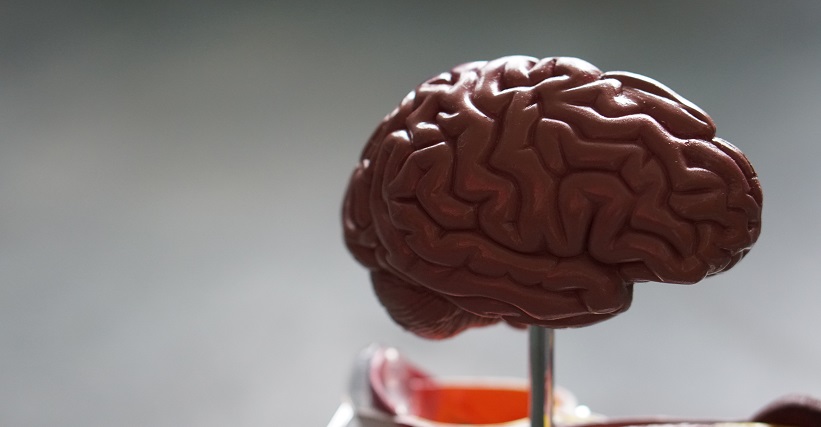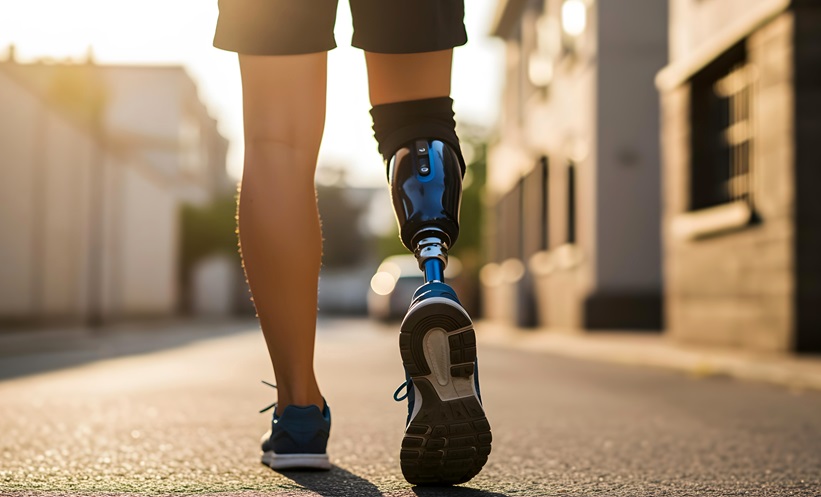NOVEL, scalpel-free, high-tech brain surgery has been shown to offer long-term relief to patients with essential tremor, a common movement disorder. The 5-year review showed that tremors were reduced by more than 70% 5 years after treatment, without progressive or delayed complications. As the procedure is minimally invasive, patients who are not able to or prefer not to pursue more invasive options can benefit from the treatment.
The procedure, known as unilateral thalamotomy, involves a focused ultrasound, which focuses sound waves inside the brain and disrupts faulty brain circuits that cause unwanted movement. This minimally invasive technique does not require any incision, and it is guided by MRI, enabling the doctors to find the right spot in the brain to deliver treatment. The initial results of the procedure were dramatic, as some participants had their shaking uncontrollably when they entered and were able to write and feed themselves when they left. In 2016, the procedure was approved for the treatment of essential tremor, making it available to patients outside of the clinical trial; however, a limited number of hospitals have the technology and expertise available to offer it.
While the early results were promising, there was no data on how long these benefits would last. The new study followed 40 patients from the initial study cohort for 5 years, making it the largest long-term follow-up study of the procedures. Results showed that the major reduction in tremor persisted, increasing quality of life without any side effects. Author Jeff Elias, University of Virginia Health System, Charlottesville, USA, stated: “It is important to note that most of the patients had very long-lasting benefits, but there are some cases where tremor can recur.” The treatment has also been approved for Parkinson’s disease tremor as well as dyskinesia, and further studies will investigate whether it could be used for a variety of other conditions, such as Alzheimer’s and cancer.








